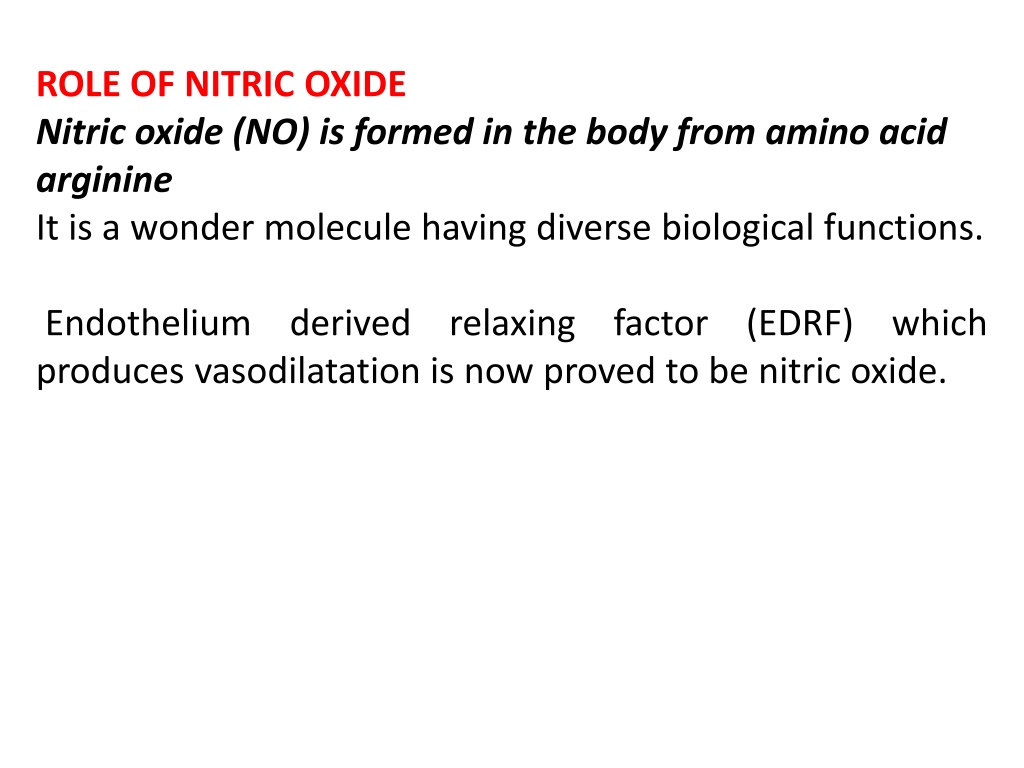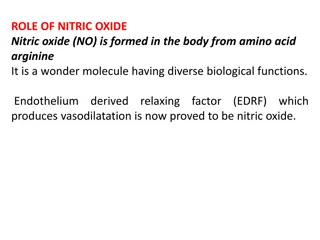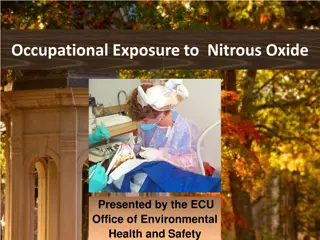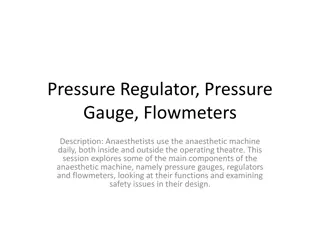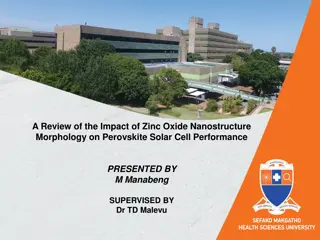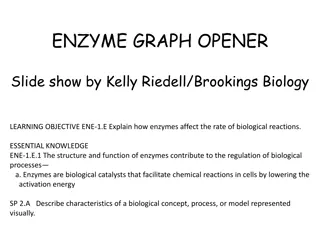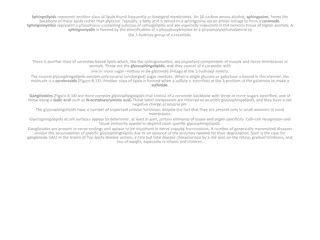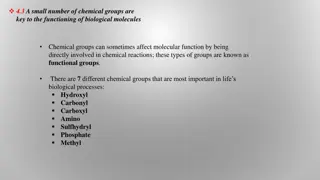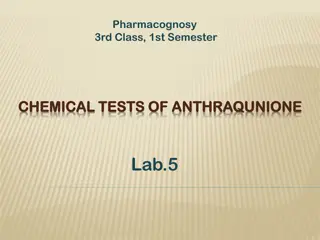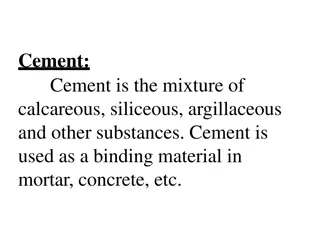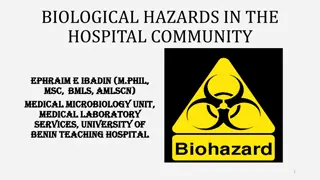Role of Nitric Oxide in Biological Functions and Health
Nitric oxide (NO), a vital molecule formed in the body from arginine, plays diverse roles such as vasodilation, neurotransmission, platelet inhibition, and immune response mediation. It is essential for regulating blood flow, maintaining blood pressure, and muscle relaxation. Various inhibitors impact NO synthesis, affecting conditions like hypertension and septic shock. Clinical applications include the use of nitroglycerine in angina and iron supplements for heart patients with dry cough symptoms.
Download Presentation

Please find below an Image/Link to download the presentation.
The content on the website is provided AS IS for your information and personal use only. It may not be sold, licensed, or shared on other websites without obtaining consent from the author. Download presentation by click this link. If you encounter any issues during the download, it is possible that the publisher has removed the file from their server.
E N D
Presentation Transcript
ROLE OF NITRIC OXIDE Nitric oxide (NO) is formed in the body from amino acid arginine It is a wonder molecule having diverse biological functions. Endothelium derived relaxing factor (EDRF) which produces vasodilatation is now proved to be nitric oxide.
Formation of NO Arginine is convert to citrulline and nitric oxide (NO) by an enzyme called nitrogen oxide synthase, complex cytosolic enzyme which requires five redox cofactors: NADPH, FAD, tetrahydrobiopterin (FH4). a very FMN, haem and
Functions of Nitric Oxide It acts as a vasodilator and causes relaxation of smooth muscles. It has important role in the regulation of blood flow and maintaining blood pressure. Acts as a neurotransmitter in the brain and peripheral autonomic nervous system. May have also role in relaxation of skeletal muscles. Inhibits adhesion, activation and aggregation of platelets. May constitute part of a primitive immune system and may mediate bactericidal actions of macrophages.
Inhibitors Nitric oxide (NO) is inhibited by Haemoglobin and other haem proteins which bind it tightly. Chemical inhibitors of NO synthase are now available that causes marked decrease formation of NO. Endogenous inhibitor: Asymmetric dimethyl arginine (ADMA), an endogenous arginine analogue may function as a competitive inhibitor of NO synthase. ADMA has been found to be increased in preeclampsia
CLINICAL ASPECT Nitroglycerine: vasodilator used in Angina Pectoris acts to increase intracellular release of endothelium-derived relaxing factor (EDRF). The important coronary artery In septic shock: Bacterial lipopolysaccharide present in blood causes uncontrolled production of NO leading to dilatation of blood vessels and lowering of BP. In eclampsia and pre-eclampsia: The hypertension is due to decreased production of nitric oxide (NO) due to probably formation of ADMA (asymmetric dimethyl arginine).
Iron supplements: Iron supplements can dramatically reduce dry cough symptoms in heart patients. Cardiac patients using an angiotensin-converting-enzyme inhibitor (ACE inhibitors), widely prescribed for hypertension, heart failure and other cardiac conditions often suffer from a dry cough. It is the biggest reason for people stopping taking their medication. Iron supplements act by decreasing the production of Nitric oxide, which is linked to inflammation of the bronchial cells in the lungs.
Metabolism of Creatine Two closely related nitrogenous compounds which are connected with protein metabolism are: Creatine and Creatinine. Characteristics of the reaction Reaction is irreversible It is non-enzymatic Creatinine has ring structure.
Occurrence and Distribution: A. Creatine: It is a normal constituent of the body. It is present in muscle, brain, liver, testes and in blood. Can occur in free form and also as phosphorylated form. The phosphorylated form is called as creatine- PO4 or phosphocreatine or Phosphagen. Total amountin adult human body is approximately 120 gm. 98 percent of total amount is present in muscles, of which 80 percent occurs in phosphorylated form, 1.3 percent in nervous system (brain) and 0.5 to 0.7 percent in tissues.
Urinary excretion: Urinary excretion in normal health is in the form of creatinine and it is only 2 percent of the total. In males, it is 1.5 to 2.0 gm in 24 hrs urine, and in females, varies from 0.8 to 1.5 gm. Note Only vertebrate muscles contain creatine. Creatine concentration is higher in striated muscle as compared to smooth muscle and also in rapidly contracting muscle as compared to pale muscles. Total is 300 to 500 mg/100 gm. In invertebrates: Arginine replaces creatine in muscles.
Blood and plasma level In whole blood: Creatine level varies from 2 to 7 mg%. In plasma: It is less than 1 mg%. In male: It varies from 0.2 to 0.6 mg%. In females: 0.35 to 0.9 mg%.
B. Creatinine: Creatinine is the anhydride of creatine, and it is in this form that creatine is excreted innormal health. Removal of one molecule of H2O is non-enzymatic and irreversible. Formation of creatinine is a preliminary step and prerequisite for excretion of most of creatine. Total creatinine in muscle is only 0.01 percent (10 mg). Blood: Whole blood creatinine level varies from 1.0 to 2.0 mg%. Creatinine is evenly distributed in between plasma and RB Cells.
BIOSYNTHESIS OF CREATINE Three amino acids are required in biosynthesis of creatine. They are: (i) Glycine (ii) Arginine and (iii) Methionine Substrates to start synthesis are Glycine and Arginine. Site of synthesis : In kidney In liver
Creatinuria Excretion of creatine in urine is called creatinuria. Creatine excretion occurs: In children: Reason probably lack of ability to convert creatine to creatinine. In adult females in pregnancy and maximum after parturition (2 to 3 weeks). In febrile conditions
In thyrotoxicosis, probably due to associated myopathies. In muscular dystrophies, myositis, and myasthenia gravis. Lack of carbohydrate in diets and in diabetes mellitus. In wasting diseases, e.g. in malignancies. In starvation.
Role of Creatine in Muscles 1. Creatine is the reservoir of energy in muscles. When muscles contract, energy is derived from breakdown of ATP to ADP and Pi. ATP must be reformed quickly, to supply the energy, which initially comes from creatine ~ (P), subsequently from glycolysis (contracting muscle). From the above reaction, ATP is formed from creatine~ (P). The high energy phosphate is transferred to ADP and ATP is formed.
2. A further source of ATP in muscle is by the Myokinase reaction. Two ADP molecules react to produce one molecule of ATP and AMP, the reaction is catalysed by the enzyme myokinase (Adenylatekinase). In this reaction, one high energy phosphate is transferred from one ADP to another ADP molecule to form one ATP.
Creatinine Clearance Endogenous creatinine clearance is used as renal function test. At normal levels of creatinine in the blood, this metabolite is filtered at the glomerulus but neither secreted nor re-absorbed by the tubules. Hence its clearance measures the glomerular filtrate rate (GFR).
BRANCHED CHAIN AMINO ACIDS (BCA) Valine (Val) (V) is glucogenic; Leucine (Leu) (L) is ketogenic while Isoleucine (Ile) (I) is both ketogenic and glucogenic. All the three are essential amino acids. Leucine is the major ketogenic amino acid. These amino acids serve as an alternate source of fuel for the brain especially under conditions of starvation.
Maple Syrup Urine Disease (MSUD) It is also called branched chain ketonuria. The incidence is 1 per 1 lakh births. The name originates from the characteristic smell of urine (similar to burnt sugar or maple sugar) due to excretion of branched chain keto acids. The basic biochemical defect is deficient decarboxylation of branched chain keto acids (BKA).
Clinical findings: Disease starts in the first week of life. It is characterized by convulsions, severe mental retardation, vomiting, acidosis, coma and death within the first year of life
Laboratory findings: Urine contains branched chain keto acids, valine, leucine and isoleucine. Rothera s test is positive, but unlike in cases of ketoacidosis, even boiled and cooled urine will give the test. Diagnosis depends on enzyme analysis in cells. Diagnosis should be done prior to 1 week after birth
Treatment: Giving a diet low in branched chain amino acids. Mild variant is called intermittent branched chain ketonuria. This will respond to high doses of thiamine. This is because the decarboxylation of the BKA requires thiamine. Liver transplantation has been successfully tried in some cases of MSUD.
